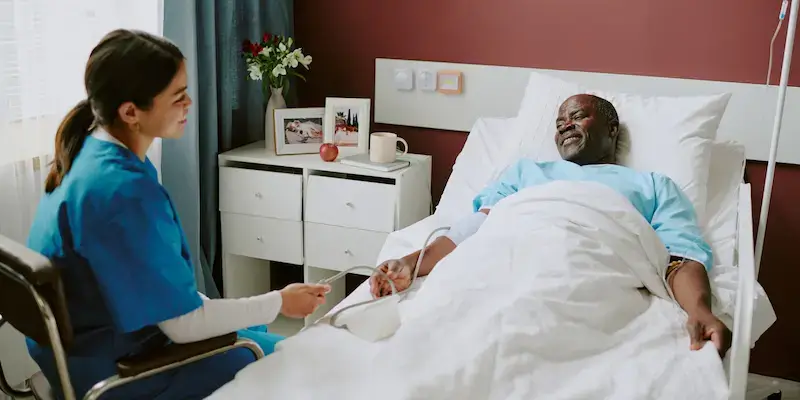Home >
LCL damage
Get rapid access to our leading specialists.
The Lateral Collateral Ligament (LCL) is a ligament in the knee, which can also be called the fibular collateral ligament. It connects a small bone in your lower leg (called the fibula) to your thigh bone (called the femur), and is on the outer side of your knee. It helps to keep your knee stable and, along with the MCL, controls its sideways movement.
What is LCL damage?
LCL damage can be a tear or nearly complete tear. It can also be an overstretching of the ligament. It may also be referred to as a sprain.
It’s possible that if you experience LCL damage, you might also have injuries to other tendons and ligaments, along with different parts of your knee.
What are the symptoms of LCL damage?
The symptoms of LCL damage can vary depending upon its severity, and often include:
- Pain or tenderness on the outside of the knee
- Stiffness on the outside of the knee
- Swelling
- Bruising
- Instability
- Locking or catching of the knee when you try to walk
- Inability to put weight onto the affected leg
- Numbness or weakness in the foot
What causes LCL damage?
LCL damage is most often caused by a hit to the inside of your knee.
LCL damage can happen for a variety of reasons, including:
- Sports – both those that involve direct contact (e.g. rugby, ice hockey) or those that require quick turns and stops (e.g. football, skiing)
- Over-extending your knee/extending it more than usual
- Landing badly from a jump
- Falls
- Accidents (e.g. a car accident)
How is LCL damage diagnosed?
If you have been experiencing any of the symptoms above and you suspect that you might have LCL damage, you should see your consultant.
Your consultant will ask how you have been coping since your injury and conduct a physical examination, where they will check your knee for swelling and assess how much pain you are in. They may press on your leg when it is bended and straight in order to determine how severe the LCL damage might be.
They may also recommend that you undergo further tests, including:
- X-rays
- MRI
How is LCL damage treated?
The treatment you receive for LCL damage will depend upon its severity.
Non-surgical options for MCL damage include:
- Rest and crutches
- Over-the-counter pain medications
- Wearing a brace
- Physiotherapy
For more severe LCL damage, or if there are other injuries to the knee, surgery might be needed, and you and your consultant can discuss the appropriate surgical options for you based on your injury.
If you’re unsure what treatment you should go for, or the above treatments don’t work for you, our team of expert specialists are here to help.
Need further help or advice?
Contact our team for enquiries or information.
If you need to contact us in any other way, please go to
